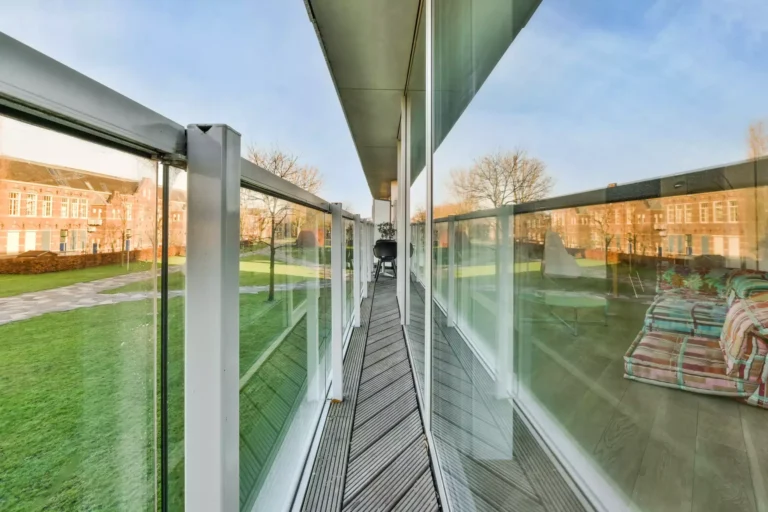Expert Tips for Swift Broken Glass Replacement: A Guide for Architects, Interior Designers, and Glass Manufacturers
Glass is an indispensable material in the world of architecture and interior design. Its versatility and aesthetic appeal make it a favorite choice for many professionals. However, dealing with broken glass is an inevitable part of working with this material, whether due to accidental damage or wear and tear over time. Swift and effective replacement of broken glass is crucial not only for maintaining the visual integrity of a design but also for ensuring safety and functionality. This guide provides essential tips for architects, interior designers, and glass manufacturers on how to handle broken glass replacement efficiently.
1. Assess the Damage Immediately
The first step in dealing with broken glass is to assess the extent of the damage. Determine whether a simple repair can suffice or if a complete replacement is necessary. For minor chips or cracks, repair solutions might be an option. However, for larger damages, full replacements are often required to maintain structural integrity and aesthetic appeal.
2. Prioritize Safety
Broken glass poses significant safety risks. Before proceeding with any repair or replacement work, ensure that the area is safe for occupants and workers. This means clearing away shards of glass, securing the area to prevent unauthorized access, and wearing appropriate safety gear during cleanup and replacement procedures.
3. Understand the Specifications
For architects and interior designers, understanding the specifications of the original glass is crucial for a seamless replacement process. Knowledge of the glass type, thickness, color, and any special features (such as insulation, UV protection, or shatterproof qualities) will ensure that the replacement glass matches the original design intentions and complies with building codes and regulations.
4. Choose the Right Glass Manufacturer
Selecting a reputable glass manufacturer is essential for ensuring high-quality replacement glass. Look for manufacturers with a track record of providing products that meet or exceed industry standards. They should also be able to manufacture custom designs and offer a wide range of options to match the original specifications as closely as possible.
5. Consider Upgrading
A broken glass incident presents an opportunity to upgrade to newer, more advanced glass technologies. For instance, architects and designers may opt for energy-efficient double-glazed units to replace older, single-pane windows. This not only improves the aesthetic and performance of the glass but can also enhance the overall energy efficiency of the building.
6. Plan for Swift Replacement
Time is of the essence when replacing broken glass, especially in critical areas such as entryways, windows, and partitions that affect the safety and security of a building. Work with your glass manufacturer and installation team to establish a timeline for the replacement process. Ensure that all parties involved are aware of the urgency and work efficiently to minimize disruption.
7. Focus on Quality Installation
The quality of glass replacement is just as important as the quality of the glass itself. Poorly installed glass can lead to future problems, including leaks, drafts, and even breakage. Ensure that the installation team is experienced and certified to work with the specific type of glass being installed. Pay close attention to the sealing and framing to guarantee a secure fit.
Conclusion
Dealing with broken glass can be a challenging aspect of architectural and interior design projects. By following these expert tips, professionals in these fields can manage glass replacement projects efficiently and effectively. Whether it’s ensuring safety, choosing the right materials, or working with quality manufacturers, attention to detail is key to a successful replacement process. Remember, swift action and expertise can turn a potential setback into an opportunity for improvement and innovation.









